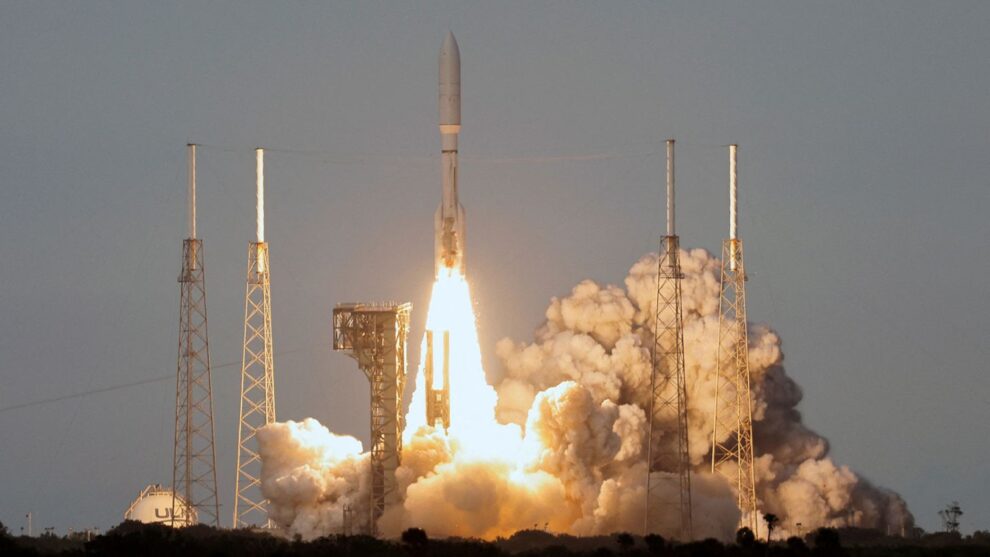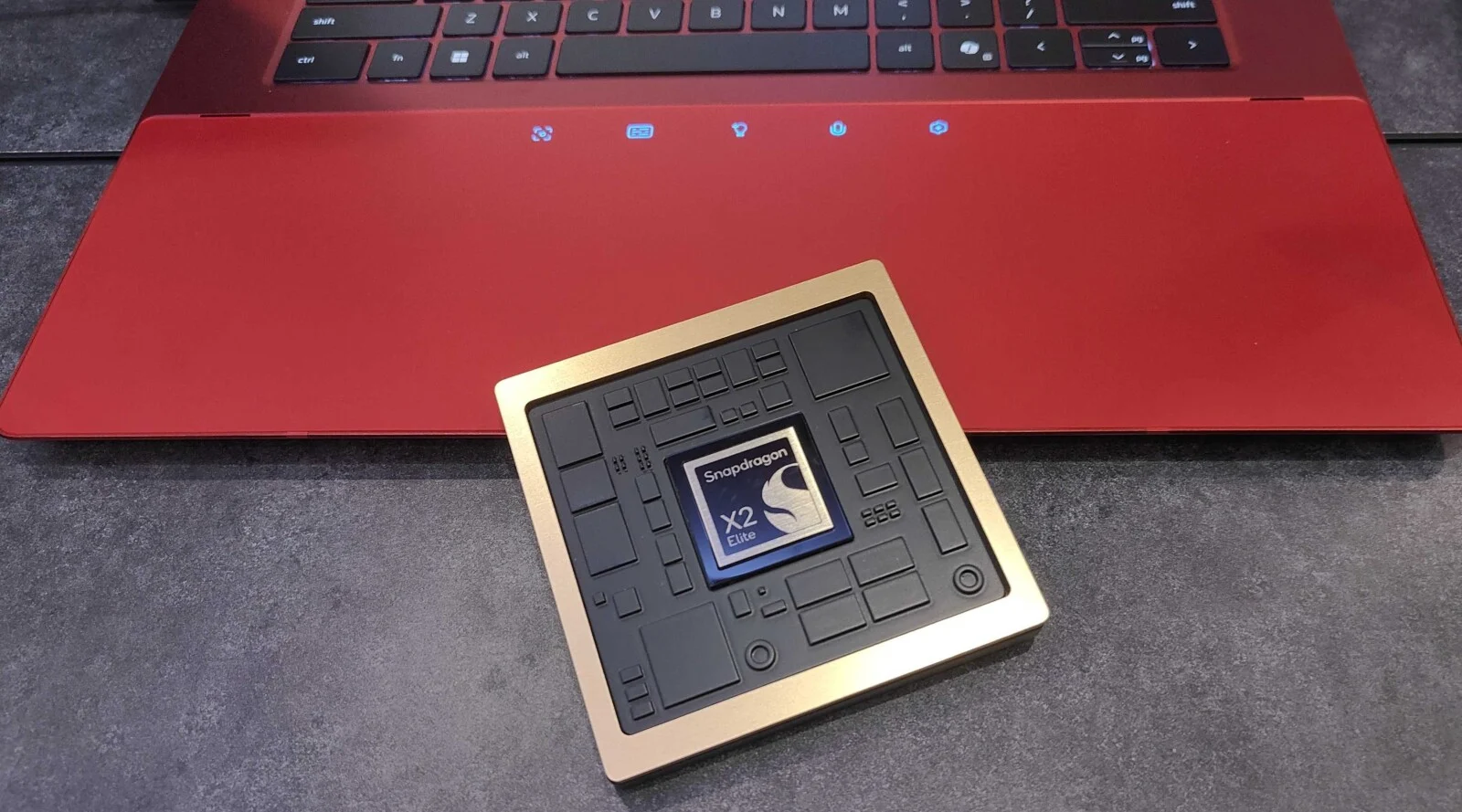The space above Earth is rapidly becoming the next frontier for internet connectivity, and a new heavyweight has just entered the ring. Amazon’s Project Kuiper, the e-commerce giant’s ambitious satellite internet initiative, successfully launched its first batch of operational satellites on April 28, 2025. This critical step signals Amazon’s formal entry into a market currently dominated by Elon Musk’s SpaceX Starlink, setting the stage for a high-stakes battle for connecting the globe.
A United Launch Alliance (ULA) Atlas V rocket carried the 27 Project Kuiper satellites into low Earth orbit from Cape Canaveral Space Force Station in Florida. This launch, designated Kuiper Atlas 1 (KA-01), marks the beginning of Amazon’s full-scale deployment plan. While the mission was initially delayed from an earlier April 9 target due to unfavorable weather, the successful liftoff represents a significant milestone after years of development and a reported investment exceeding $10 billion.
Amazon’s vision for Project Kuiper is clear: to provide fast, affordable broadband internet access to communities and customers around the world who lack reliable connectivity. This includes rural areas, underserved populations, businesses, governments, and organizations operating in locations where traditional internet infrastructure is either nonexistent or inadequate. The company aims to build a constellation of 3,236 satellites in low Earth orbit to achieve this global coverage.
This objective puts Project Kuiper in direct competition with SpaceX’s Starlink, which has already established a significant lead in the satellite internet market. Starlink currently operates a constellation of over 7,000 satellites and serves millions of users across more than 125 countries. SpaceX has maintained a rapid launch cadence, often sending dozens of satellites into orbit each week, a pace that has allowed it to build out its network quickly.
Amazon, despite its later start, is positioning itself as a formidable challenger. The company has highlighted its extensive experience in building consumer products and its massive Amazon Web Services (AWS) cloud computing infrastructure as key advantages. Project Kuiper is expected to integrate with AWS, potentially offering seamless and secure connectivity solutions for a wide range of enterprise and government customers. Amazon has also revealed designs for different types of user terminals, including a compact, portable model about the size of a Kindle and a standard residential terminal, signaling a focus on accessibility and affordability. The company expects to produce these terminals for under $400 each.
The technological capabilities of the Kuiper satellites are also a focal point. The satellites feature advanced phased array antennas capable of communicating with multiple users simultaneously and optical inter-satellite links, or laser links, which create a mesh network in space for faster data transmission. Amazon stated that the satellites launched on KA-01 include performance improvements over earlier prototypes, with enhancements to antennas, processors, solar arrays, propulsion systems, and the optical links. Additionally, the satellites are coated with a dielectric mirror film designed to scatter reflected sunlight and reduce their visibility to ground-based astronomers, addressing concerns about the impact of large satellite constellations on astronomical observations.
Meeting regulatory requirements is a crucial factor in the satellite internet race. The U.S. Federal Communications Commission (FCC) has mandated that Amazon deploy half of its planned 3,236-satellite constellation, specifically 1,618 satellites, by mid-2026 to maintain its license. To meet this deadline and complete the full constellation deployment, Amazon has secured an impressive number of launch contracts – over 80 launches in total – with various providers, including ULA (using both Atlas V and the future Vulcan Centaur rockets), Arianespace (with the Ariane 6), Jeff Bezos’ own Blue Origin (with New Glenn), and even SpaceX (with Falcon 9). This multi-provider launch strategy aims to ensure a consistent and rapid deployment pace.
Amazon executives have expressed confidence in Project Kuiper’s ability to compete effectively. Jeff Bezos, Amazon’s Executive Chairman, has publicly stated that there is “insatiable demand” for internet connectivity and that the market has “room for lots of winners,” suggesting that both Starlink and Kuiper can find success. While Starlink currently holds a significant lead in terms of deployed satellites and active users, Amazon’s substantial investment, technological approach, and integration with its existing vast ecosystem could allow it to capture a significant market share, particularly among enterprise and government clients, and in regions currently underserved by Starlink or traditional providers.
The launch of the first operational Kuiper satellites is just the beginning of a long deployment process. Amazon expects to start offering initial internet service to customers later in 2025 as more satellites become operational. The competition between Amazon and SpaceX is poised to drive innovation and potentially lower costs for satellite internet services globally, offering more options for people and organizations seeking reliable connectivity from space.
As Amazon’s Project Kuiper constellation grows, the focus will shift to the performance and affordability of the service in real-world conditions and how effectively Amazon can leverage its existing business strengths to attract and retain customers. The race to connect the world from orbit is far from over, and with Amazon now officially in the game, the competition is heating up.








